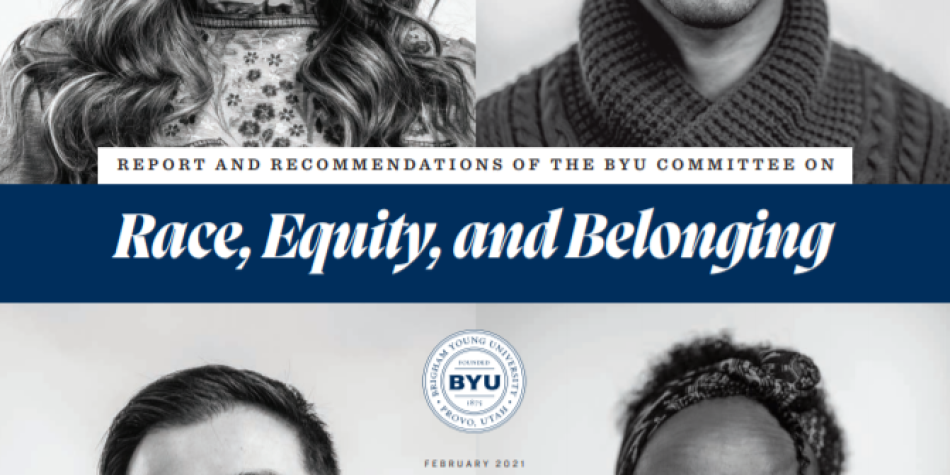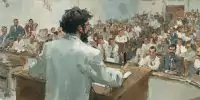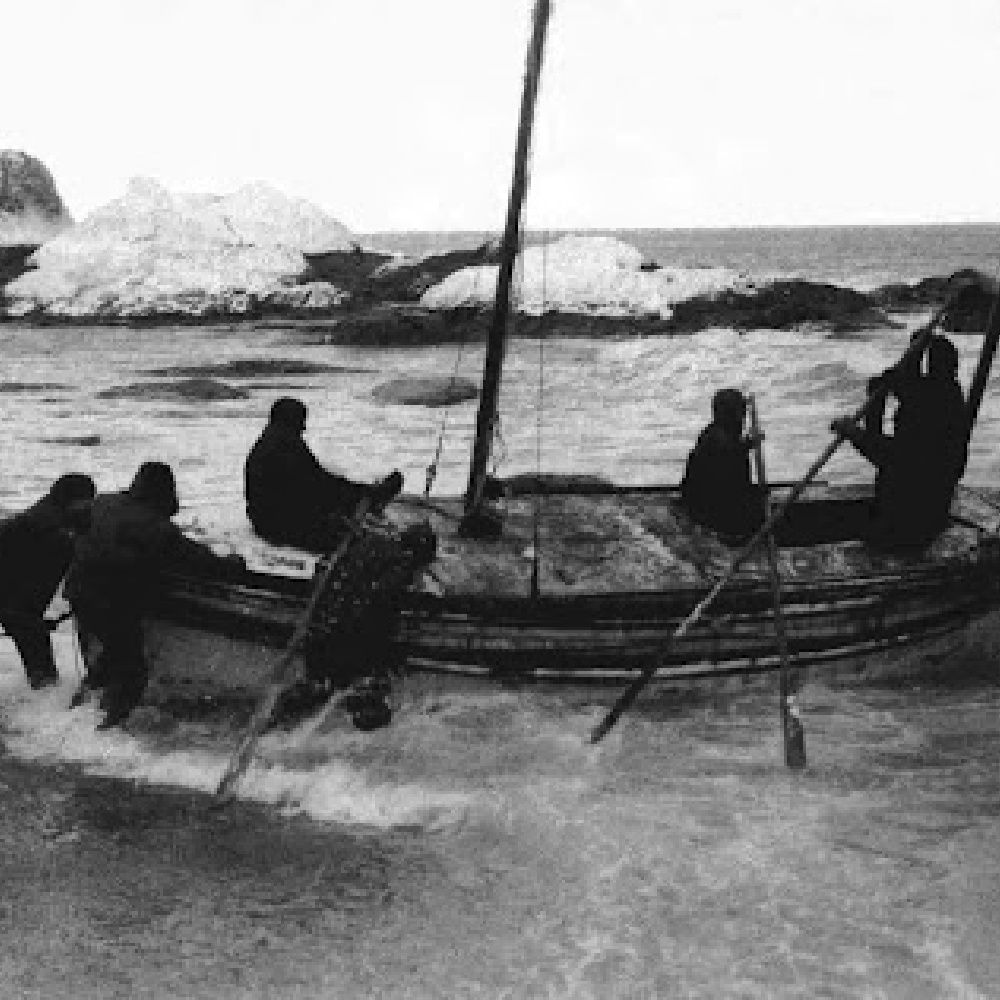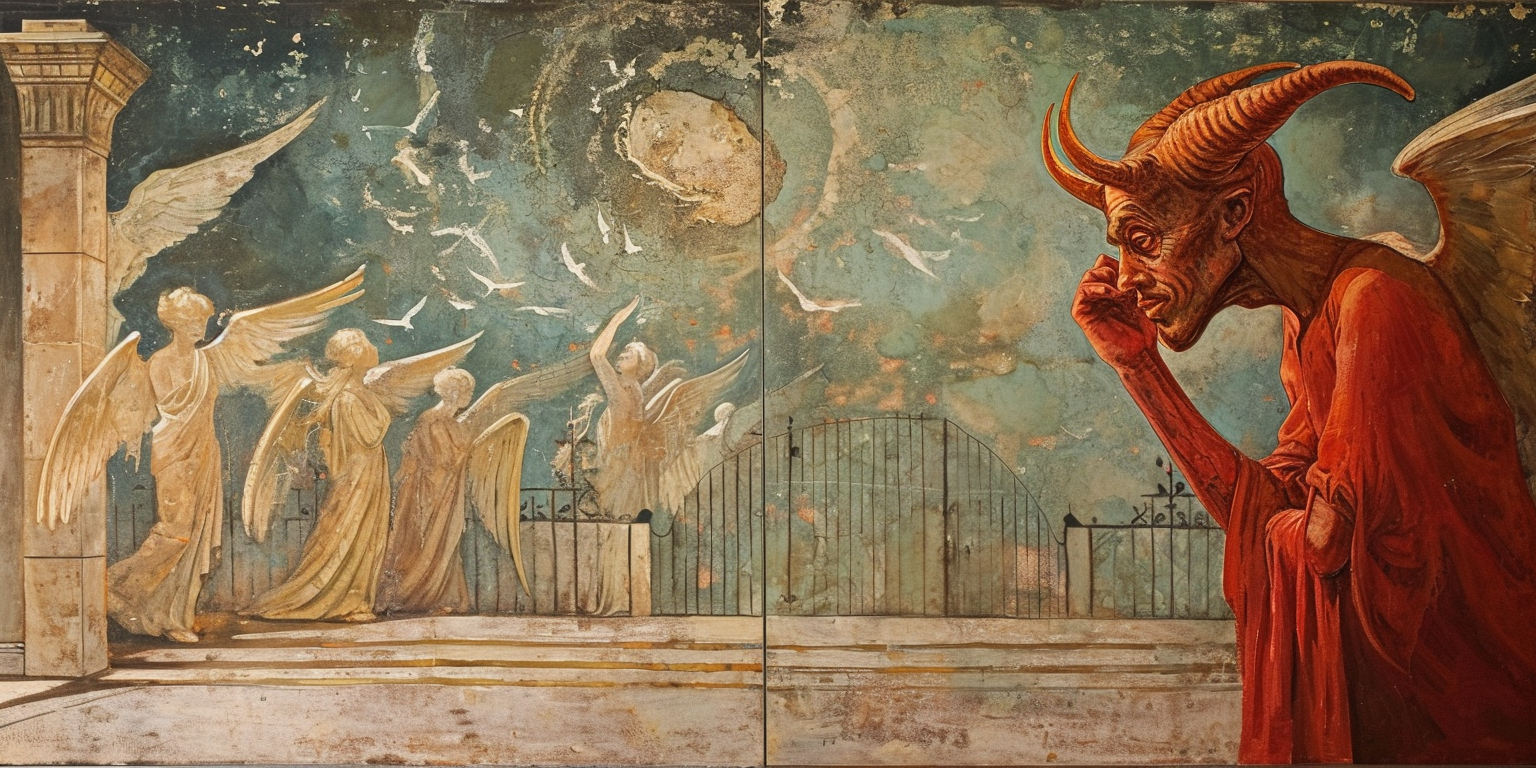Last week, a new report was released by a BYU Committee on Race, Equity and Belonging (CoREB). Depending on where you get your news, who you follow on social media, and whose podcast you prefer, you likely heard sharply disparate takes on what to make of it. Based on a whirlwind review of commentaries and public comments (following both the Salt Lake Tribune and Deseret News reports and in Facebook posts too), we summarize three predominant narratives arising in response to the report. We do so in hopes that drawing clearer distinctions between these competing interpretations will help facilitate more productive discourse on the matter, while assisting individuals in deciding for themselves what to make of this all.
1. This Will Be Good to Help Us Keep Improving: The Encouraging Take. This first narrative was the hardest to find. But whenever it was found, it felt fundamentally different than other interpretations—due to its generosity and assumption of good intentions and positive possibilities. For instance, one member of the Committee on Race, Equity and Belonging, Ryan Gabriel, spoke of feeling fortunate to hear all the feedback from students and staff, before saying:
Their honesty and courage will help BYU become a greater place of belonging. We witnessed an outpouring of support and saw how many at BYU were actively working to improve the campus climate by meeting the call from the president of The Church of Jesus Christ of Latter-day Saints, Russell M. Nelson, to build bridges of understanding. It was inspiring.
As the Salt Lake Tribune reminded readers, President Nelson has also urged followers to “root out racism”— which seems consistent with the motivation behind this report. As BYU President Kevin Worthen himself noted, “From its beginning in June 2020, the Committee established as its mission the call from leaders of The Church of Jesus Christ of Latter-day Saints and the NAACP that educational institutions ‘review processes, [policies] and organizational attitudes regarding racism and root them out.’ They have worked tirelessly to accomplish this goal.”
While acknowledging a need to improve, this first take doesn’t overlook the good that’s also there on this unique campus. Several statistics, for instance, receiving far less attention are that only 9% of respondents to the campus survey (and 13% of non-white students and employees) expressed dissatisfaction with the overall campus climate, with a majority of the students and employees (80%) reporting satisfaction, including the majority (71%) of non-white, “BIPOC” (Black, indigenous, and other people of color) folks on campus. This was evident in many public commentators saying things like Fernando Castro did on Facebook: “I’m Latino and went to school there. Never felt discriminated against. On the contrary, people were very accommodating and understanding.”
Another commentator David R asked, “with only 9 percent of the students unhappy with the cultural climate on campus, why make big changes to change the climate?”
While it is right to take seriously and not overlook those who express concern, the larger picture from this view is a hopeful one. Namely, that much good already exists, but that more work needs to be done. As the BYU news release put it, the report “indicates that there is need for more work if all students and employees are to feel fully welcomed in the BYU community.”
2. There Goes Another Insufficient Attempt to Combat Racism: The Critical Take (Left-wing version). This narrative was easier to find, and united by its thread of suspicion and cynicism about the report. Several commentators spoke facetiously about the report as pointing towards something that should be obvious, with one saying “racism at BYU? I’m shocked! Say it ain’t so!” Suzanne Galbraith added, “Does this require a study to know? People have been saying this for years.”
One person wrote on Facebook, “it isn’t acceptable that BYU provides an unsafe environment for BIPOC. The Church leadership needs to put BIPOC and allies in positions to implement changes, not just mediocre white men.” Alongside the predictable attacks on Church leadership and BYU as a whole, others took aim at teachings of the Church of Jesus Christ. For instance, one commentator said in all caps, “I HOPE BYU IS SERIOUS about tackling their racial problems. It’s long, long past time” before insisting, “I don’t think it can be done unless the church also begins to tackle racism within the church and the doctrine as well.” Another individual praised the report as “important work,” before arguing, “The difficulty for LDS folks is that the foundations are built on racism.”
Still another person wondered aloud if the whole report was just part of some kind of public relations effort, “Does anyone think this is a smokescreen so that the [transgender] rights conversation doesn’t have to be had?”
The overall thrust of this second narrative is to challenge the sincerity and motives of BYU putting out this report, arguing that the problem is bigger and more endemic than the school administration is acknowledging—and that even if all of the many proposed recommendations were adopted, the result would fall short of what it would take to legitimately and sufficiently address the problem. As one man put it, “This report is unsurprisingly disturbing. And the solutions are inadequate at best.”
Another pattern in this critical take is a deemphasizing and largely passing over any evidence of good documented in the survey and report. For instance, rather than noting that it was only a subset of students raising concerns, one major story on the report said the findings “expose widespread and significant concerns about the mistreatment of minority students.”
3. Here Comes More of the Social Justice Takeover: The Critical Take (Right-wing version). A third narrative was as equally easy to find as the second, with a similarly unifying thread of suspicion and cynicism about the report—but from the opposite political vantage point. One commentator who identified as a person of color said, “This whole thing is crazy!! Nursing hurt feelings and finding offense where none was given is destructive. … Quit blaming and push forward. It’s all what you make of it. … Sorry, but I don’t ever remember racism when I attended BYU.”
Another commentator said, “I’m sad BYU caved in to this PC nonsense….I have never seen or heard anyone at BYU disparage anyone of color. It has always been the opposite, where blacks were respected for their courage to be attending a college that was predominately white.” A third added:
Please don’t waste the money we donate to BYU on stuff like this! … Everyone faces these feelings at different times in life, regardless of color, race, etc.! Strength of character comes from moving forward despite challenges. … Yes, be Christlike, everyone! But, focus on education and character growth and being a light … not another pity party gathering! Seriously, this woke movement is making everyone racist!
Raising concerns did not mean people dismissed all the recommendations of the report. As another public commentator wrote, “Some of these recommendations are reasonable and probably worthwhile. But for every reasonable recommendation there are 3 ridiculous recommendations that serve only to increase bureaucracy, create further division, and pander to…the politically woke.” After expressing worry with the ultimate hopes of progressive critics of BYU, one person said that it’s “not because the Church hasn’t bent over backwards already to be nice to everyone. Nothing the Church does will satisfy their demands.”
David R summarized concerns that many Latter-day Saints have about some of these initiatives:
Identity politics are poisonous….”Race-conscious” preferences in admissions are wrong. Having a leftist Office of Diversity will lead you in the wrong direction. Injecting worldly racial politics into the religion classes is another bad idea. Beware that the desire for “equity” is not the same as equality; it’s code for reverse racism. I would hope that the leaders would be smart enough not to fall for the destructive ideas presented and instead remember that it’s a church school paid for by tithes from church members. We don’t want BYU to follow the guidelines from leftist academics on university committees.
Of course, one can be honestly concerned and sincerely critical from different political standpoints without denying positive possibilities in an effort like this. And as we have reiterated over and over at Public Square Magazine, there is immense benefit in fostering an atmosphere of open inquiry, where questions, concerns and disagreements on this and any issue are considered and examined in an atmosphere of respect and trust.
The value of open inquiry, disagreement, and dialogue. As long as some degree of collective trust still remains, we believe the scrutiny of critique can help provide a crucial “check and balance” in our public deliberations. For instance, one person asked a sincere question on many people’s minds these days: whether BYU was going too far to cater to popular ideologies and becoming “just another run of the mill university.”
Several people acknowledged value in the recommendations “if done wisely,” but raised reasonable concerns with several of them. One individual suggested that the Board of Trustees “look at all 26 recommendations and honestly ask, Is this recommendation really unifying or is it polarizing?” Multiple people, for example, wondered if recommendation #20 [“Establish a dedicated, visible space on campus for underrepresented students and those who serve this population”] did not itself reflect “race-based discrimination.” In lieu of further separating students, one person proposed, “I’d prefer to see training on helping people break the ice with people of different backgrounds and cultures. Teaching students how to get outside their comfort zones and get to know each other in casual ways seems more in line with President Nelson’s passionate desire to ‘build bridges of cooperation instead of walls of segregation.’”
This is only one of many reasonable critiques of the report itself. And just as the committee sought to hear out student concerns, taking seriously the critiques of the report itself seems likely to only strengthen ongoing deliberation about these important questions, and ultimately assist in the work of increasing the satisfaction of minority students at Church-sponsored schools. Our belief on this, like other issues, is that thoughtful, good-hearted people can disagree about these matters, and can do so generously and productively. And that in the end, the best results will come as we bring together these disagreements in seeking ways to move forward together.
It seems this was an important part of the committee’s own work as well. In his description of their inner process, President Worthen added, “They did not always agree on the issues they discussed, but it was clear in my meeting with them that they have grown to respect and love one another despite their differences.”
No doubt, these disagreements will remain in terms of how (and whether) to implement all the many recommendations that CoREB raised—with many challenging (and no doubt, workable) questions ahead of them. In order to make progress that will be broadly satisfying, rather than approaching the entire conversation through eyes of deep-set suspicion, perhaps it’s time to more intentionally embrace and appreciate the better, more hopeful approach President Nelson has been modeling on race relations for years now. Consistently, perhaps rather than a Trojan horse for a left-wing agenda, or a mere public relations gimmick to protect the university’s reputation, perhaps the intrinsic work CoREB did to grapple with these questions—across disagreements, but with an eye on moving forward together is a good model for all of us in conversations with our neighbors, communities, and fellow brothers and sisters of faith.

















